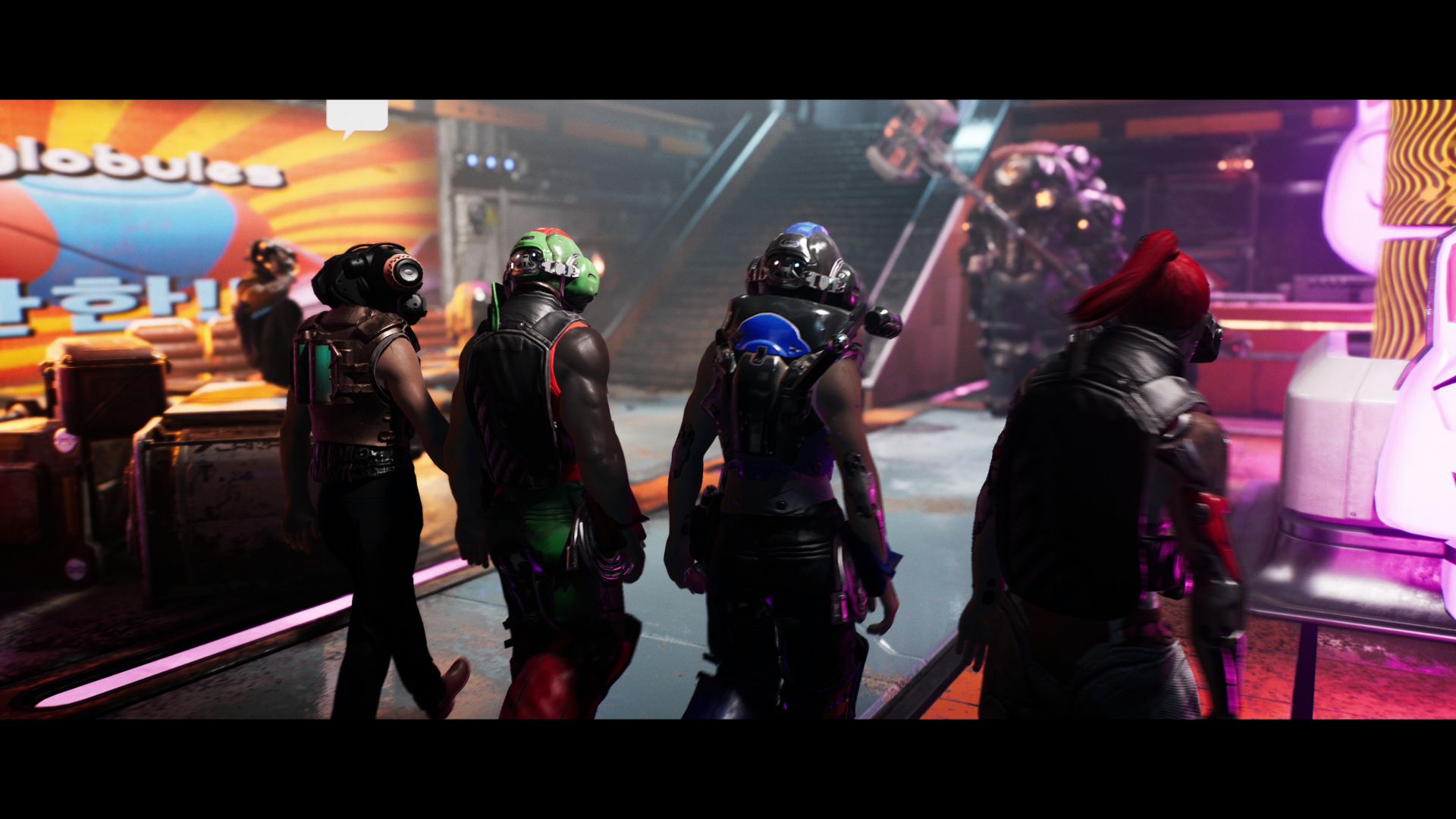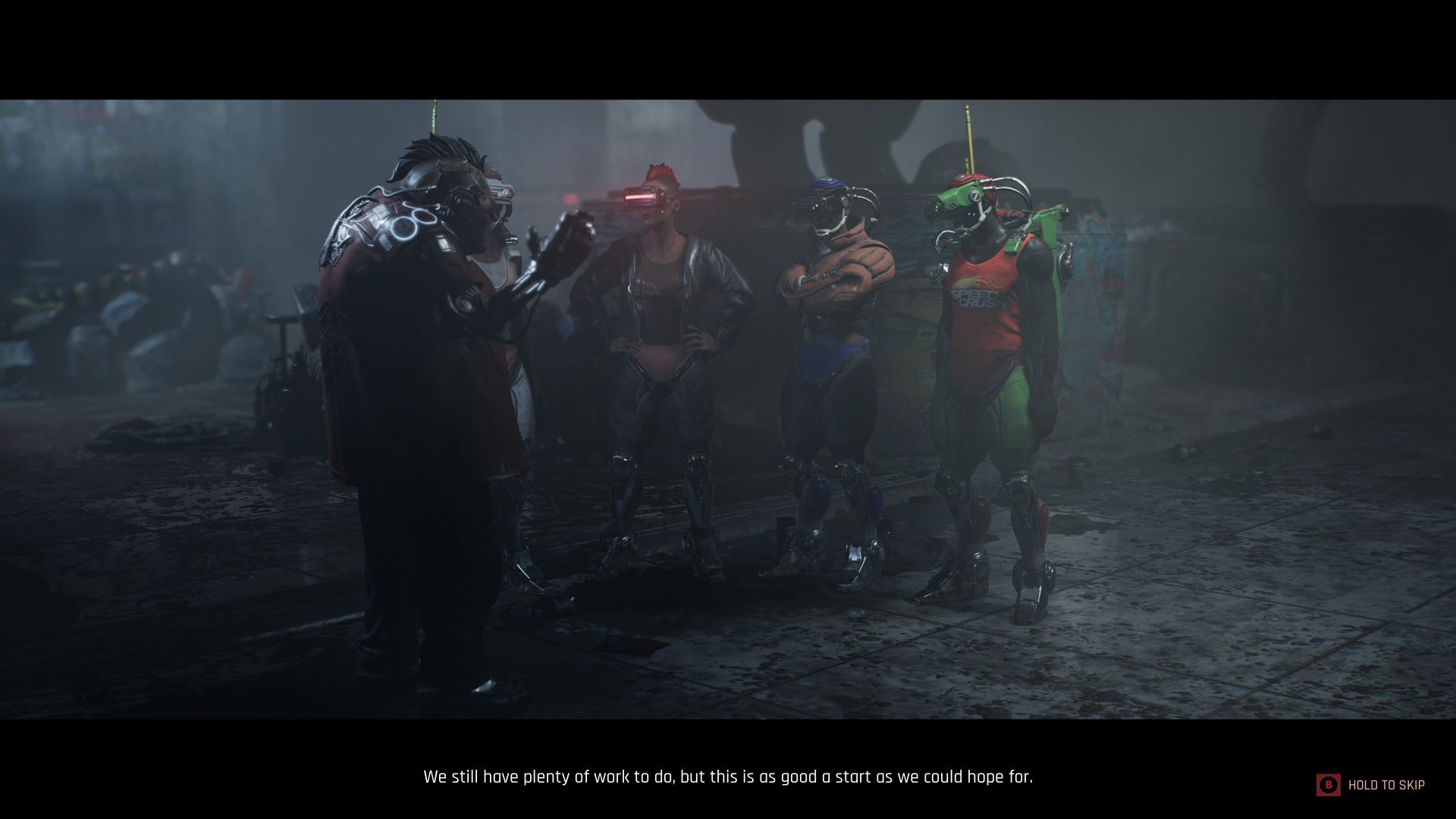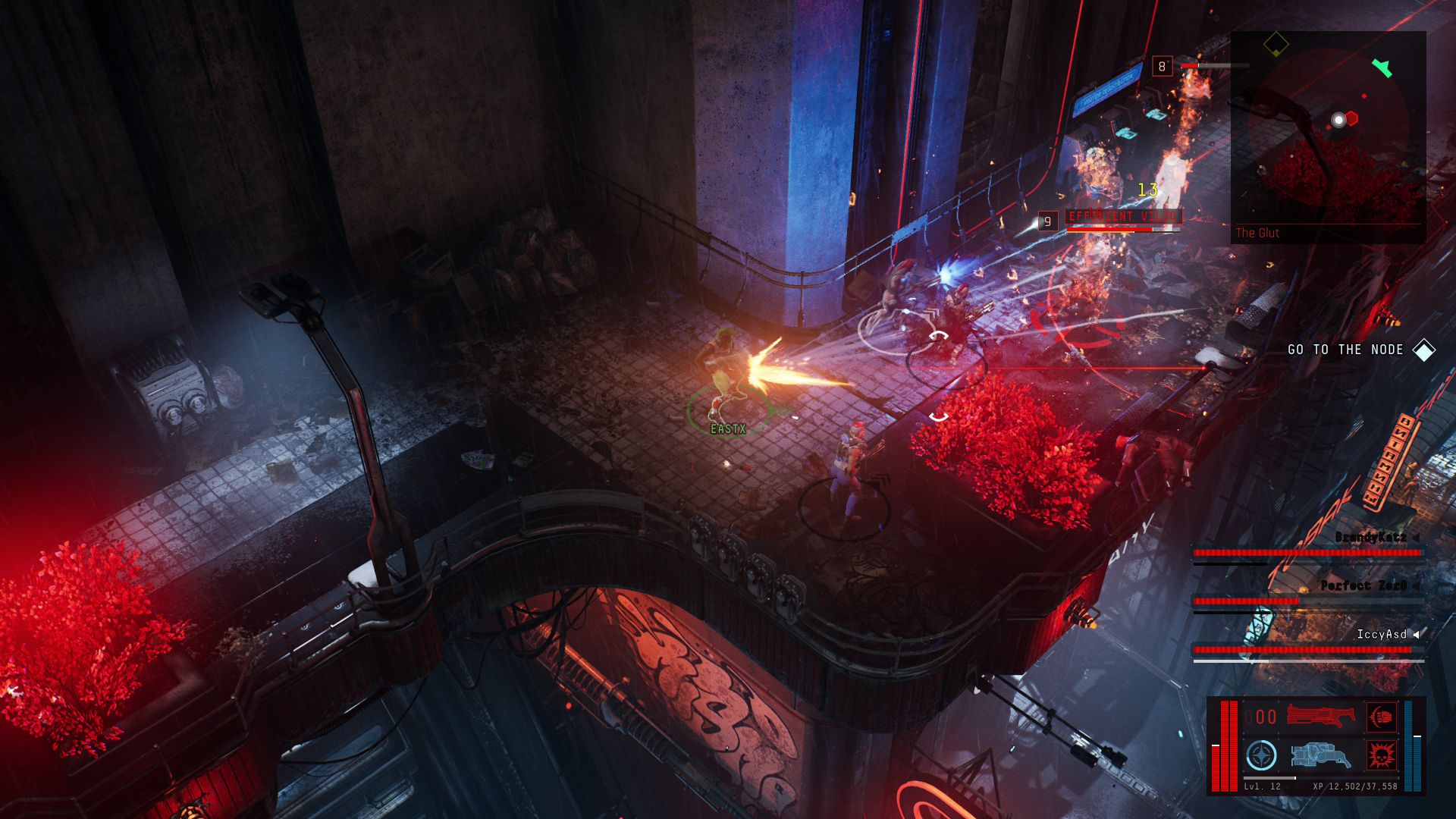

In late 2020, CD Projekt Red released the long-awaited Cyberpunk 2077 to widespread disappointment. Mired by bugs and performance issues, the game simply wasn’t ready. Fast-forwarding to this summer, developer Neon Giant and Curve Digital have just released the cyberpunk sleeper hit action RPG The Ascent exclusively on Xbox and PC. By all accounts, Curve’s cyberpunk game seems to have gotten right many of the things that CD Projekt Red’s got wrong. Unfortunately, The Ascent is not without its own bugs, especially in co-op.
Initial impressions of The Ascent are likely to be quite positive. The opening cinematic reveals the sad state of affairs on the planet Veles, where most of the population lives as "indents" (indentured servants). Things kick off when the megacorporation that runs the planet collapses, leaving everyone to scramble for power - and perhaps freedom. Playing as a mercenary indent, gamers will complete numerous missions and tasks for the powerful entities of the old regime as well as other entities who seek to claim the fallen regime’s resources for themselves.

The characters that propel the narrative aren’t especially compelling, but the world itself is. Gameplay takes place both on the surface and the underground of a sprawling megacity. The various districts and locales are generally distinct and perfectly embody the aesthetic of seminal cyberpunk works like Blade Runner and Neuromancer. The level of detail is truly impressive, with every scene packed with architecture, machinery, and objects to please the eye. Games that utilize a Diablo-like isometric perspective don’t normally provide this level of visual fidelity, but everything in The Ascent is a treat to behold. Even when the camera zooms in for conversations with NPCs and other events, it all holds up.
Combat in The Ascent isn’t quite as amazing as the visuals, but it gets the job done. Fighting is focused almost entirely on twin-stick shooting and gunplay. Players are encouraged to switch back forth between a gun for damaging organic enemies and one for damaging robotic enemies. Guns don’t consume ammo; they just have to be reloaded. Players can duck behind objects and fire over them, but you don’t stick to the cover like in Gears of War. Dodge rolling (and later, dashing) is usually my preference even if dodging has a cooldown timer. There is at least one melee attack, but it must be equipped in one of two augmentation slots and is also limited by a cooldown timer. It’s a shame that a standardized attack like punching gets relegated to taking up an equipment slot.

Navigating The Ascent’s massive alien world and completing missions can be challenging. To figure out where to go, players have a radar in the top-right corner of the screen and an actual map that can be accessed at any time from the Maps & Missions screen. The radar is mostly helpful for determining enemy positions, not locating objectives. Shame it’s not a proper minimap.
As for the actual map, deciphering it takes practice. I’m comfortable using it now, but it’s not without problems. Once you select a mission, it may take some real scouring to locate the objective marker – the game doesn’t center on objectives or anything. If the objective is located on another map, the marker sometimes doesn’t appear or point towards the zoning location. Several times, I had to stop and read the mission description to figure out where to go, when markers should’ve made the destination obvious. Sometimes quests will even send players to areas that haven’t unlocked in the story yet, and the game doesn’t even communicate this – players will either be unable to find the objective or turn in those particular quests.
Too hectic, right? The difficulty spikes right around here.
The Ascent supports 4-player local and online co-op. This review focuses primarily on the online experience and is based on the Xbox Series X version of the game. The Xbox and Windows 10 versions can play online together; the Steam version cannot. According to Reddit users and other online reports, local multiplayer and Xbox/Windows 10 cross-play both introduce major instability to the experience. We experienced ample bugs and crashes when playing online with four Xbox Series X consoles, so that’s what we’ll describe in detail.
Online co-op in The Ascent does not feature matchmaking, so players can only team up with online friends. The actual multiplayer menus for the host and teammates are a bit janky, particularly with character selection. Some players have accidentally saved over their existing characters when joining online games, so be careful. When playing in someone else’s game, teammates will gain levels and items, but not actual mission progress, oddly. Hop back into single-player with the same character and you should still be wherever you already were in the story, for better or worse.
Two forms of fast travel will eventually unlock.
Map and markers, already clunky in single-player, are also an issue in co-op. First, the map shows the location of other players but doesn’t update their locations in real-time. If someone moves after you’ve opened the map, you have to close and reopen the map to see their present location. We shouldn’t have to ask our co-op partners to stop moving just to figure out where they are. Whether or not the map updates in real-time, this game would strongly benefit from markers around the periphery of the screen that point to off-screen players. That would save a lot of trips to the map screen.
An even bigger issue with navigation during online multiplayer ties into the aforementioned lack of mission tracking for non-host players. Only the host can view missions and side mission objectives. It’s fine that only the host can select missions, but nobody else gets to read the mission objective or see missions that have been acquired or cleared. This puts all but one player at a disadvantage. I always have to tell my team where to go because the only hint they’re given is a marker at the edge of the screen.
Even with the host being the only one whose mission progress gets saved to their file, it’s still possible to play through the whole game in co-op with a team and get all of the accompanying Achievements. This isn’t a game that needs to be played in co-op to get the most out of it, but it is nice to have friends along for the ride. Teammates make a big difference during hectic firefights, especially since players can revive each other. Reviving downed teammates is actually essential because the game reverts to the last checkpoint if anyone dies. Again, that’s an odd choice and different from how most games handle co-op.
The big problem with co-op at present is that it greatly increases the team’s chances of running into the game’s many, many bugs. The Ascent was clearly released without sufficient time spent on quality assurance, just like Cyberpunk 2077 before it. The more players in the party, the more likely the game will crash; enemies or essential NPCs will fail to spawn; a boss will spawn with unintended duplicates, rendering the fight unwinnable; a player will freeze up in a menu or NPC conversation; someone will fall through the floor, map details will freeze onto the screen; the host will become unable to invite disconnected players back to the game, or God knows what.
In about 9 hours of playtime, my team suffered from at least 30 freezes and crashes. That’s just too much, and it forced us to put the game down until it gets patched up. The Ascent is so fun when it works, but no game is worth the frustration that we and other early adopters have experienced during multiplayer. Developer Neon Giant has committed to further updates to fix the game’s bugs and improve stability, thankfully. It’s just a shame that such a gorgeous and promising game had to be released before it was truly ready. Once the bugs and crashes get patched out, add two points to our co-op review score.
The Ascent sells for $29.99 on Xbox and Steam. It can now be preordered for $29.99 for PlayStation as well. The game's still available on Xbox Game Pass, so make sure to give it a try!
An Xbox code was provided by the publisher for review.